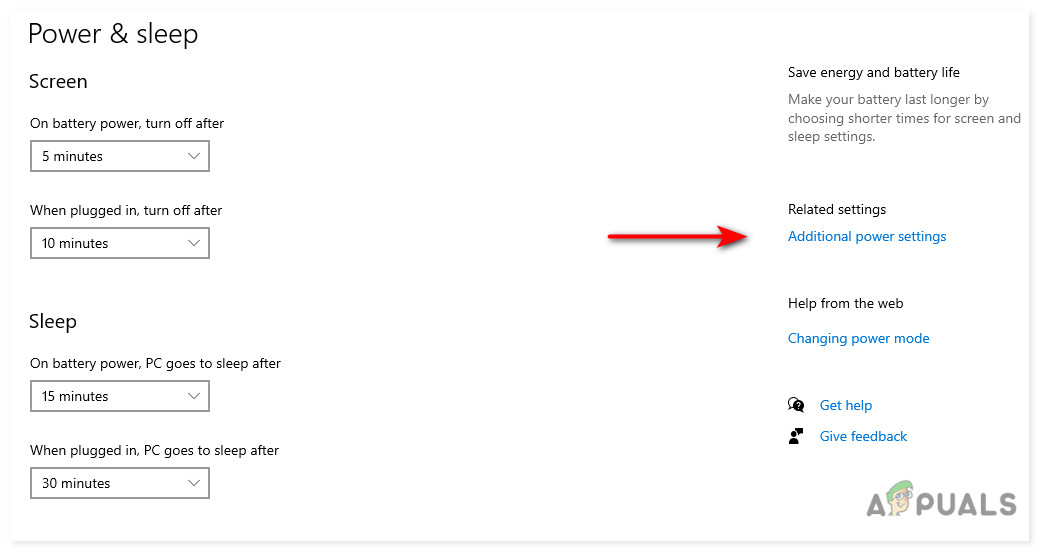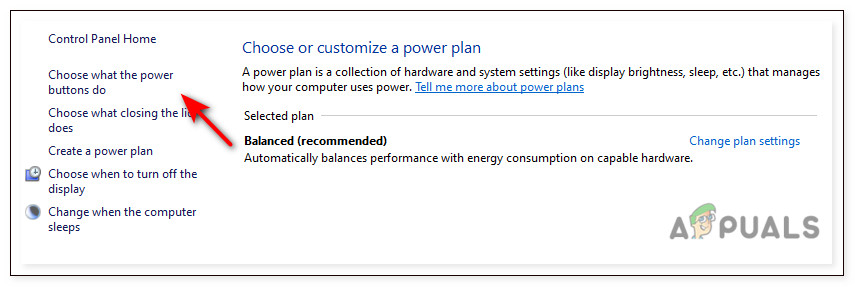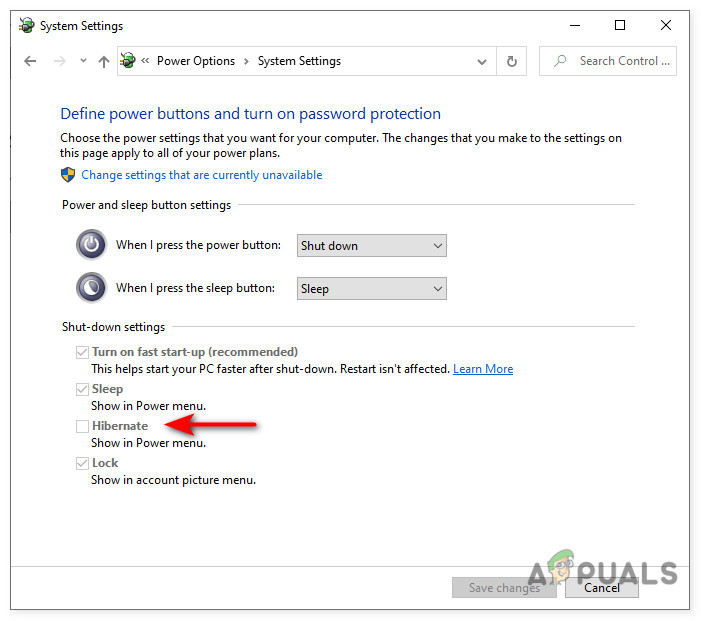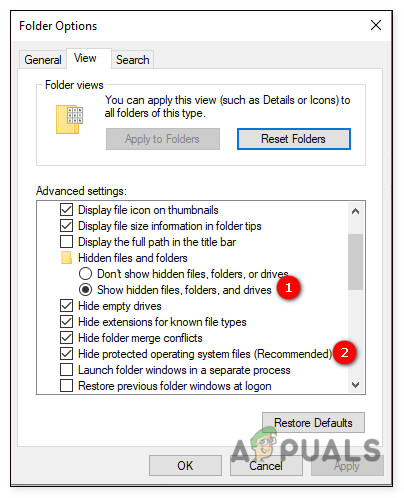How to Safely Remove Hiberfil.sys and Free Up Your Storage Space?
You might have come across a file named ‘hiberfil.sys’ while scanning your computer for large files and thought it was some kind of virus. You don’t need to worry, as this file simply manages the hibernation of your computer. However, if you don’t use that feature, the hiberfil.sys file may be unnecessarily occupying a large amount of space. In such cases, safely removing the file could be advisable.
In this guide, we will explain what hiberfil.sys is and how to safely delete it from your Windows.
What is hiberfil.sys?
During hibernation, the Windows creates a file called hiberfil.sys. This file stores the state of your computer as it was before it entered hibernation, ensuring that when the computer wakes from hibernation, it can return to its previous state. It is perfectly possible to put your system into hibernation for days or even weeks without any impact on its restoration.
In simple terms, hibernation mode allows users to completely shut down their computers while saving their work/session so they can quickly resume where they left off after restarting.
Currently, hiberfil.sys is a hidden file, and it is visible in the Windows file manager only after you select the ‘Show hidden files and folders’ option in the folder options.
Is It Safe to Delete hiberfil.sys?
One consideration regarding hibernation is the storage space it requires. The hiberfil.sys file generally amounts to approximately 75% of your total RAM capacity. For example, if your computer has 16 GB of RAM, the hiberfil.sys file might occupy about 12 GB of space. This size remains constant and will not increase over time unless you upgrade your computer’s RAM.
For computers with large RAM, the space taken up by the hibernation file might not be noticeable. However, this can be problematic for laptops with limited storage.
Before deleting hiberfil.sys, consider whether you frequently use the Hibernate function. If you regularly use Hibernate during breaks, deleting hiberfil.sys may not be beneficial, as Windows will recreate the file during the next hibernation cycle.
Thus, you can delete the hiberfil.sys file safely, but we recommend doing so only if you wish to disable the hibernation feature of Windows.
How to Delete hiberfil.sys in Windows
To delete the hiberfil.sys file, you must first disable Hibernation. Once you disable the feature, the file can be safely deleted.
Note: Disabling hibernation also turns off Fast Startup on Windows, which could lead to longer boot times. Keep this in mind if you prioritize quick startups.
Disable Hibernation Using Command Prompt
- Type cmd in the search bar and click on Run as administrator to launch the Command Prompt with administrative privileges.
- Type powercfg -h off and press Enter to disable Hibernation.

Turn Hibernation off using Command Prompt
To enable Hibernation in the future, simply execute powercfg -h on.
Disable Hibernation Using System Settings
Alternatively, if you prefer not to use Command Prompt, you can disable hibernation through System settings.
- Enter ‘power’ in the search area of your taskbar and select Power & sleep settings.
- In the next window, select Additional power settings from the right pane.

Access additional power settings via Windows Settings - Click on Choose what the power buttons do in the left pane and then choose Change settings that are currently unavailable.

Change what the power buttons do - Uncheck the box next to Hibernation and click Save changes.

Deactivate the hibernate option in System Settings
Users of Windows 7 can refer to our guide on how to enable or disable Hibernation in Windows 7.
Delete hiberfil.sys in Windows
Disabling Hibernation should automatically remove the hiberfil.sys file. To confirm its deletion, follow these steps:
- Open File Explorer and go to the View tab.
- Click on Options and navigate to the View tab.

View hidden files in File Explorer - Select Show hidden files, folders, and drives.
- Uncheck Hide protected operating system files (Recommended).
- Click Apply.

Adjusting folder options in Windows
Now, navigate to your C drive to verify whether the hiberfil.sys file remains. If it’s not there, then it has been successfully deleted!





